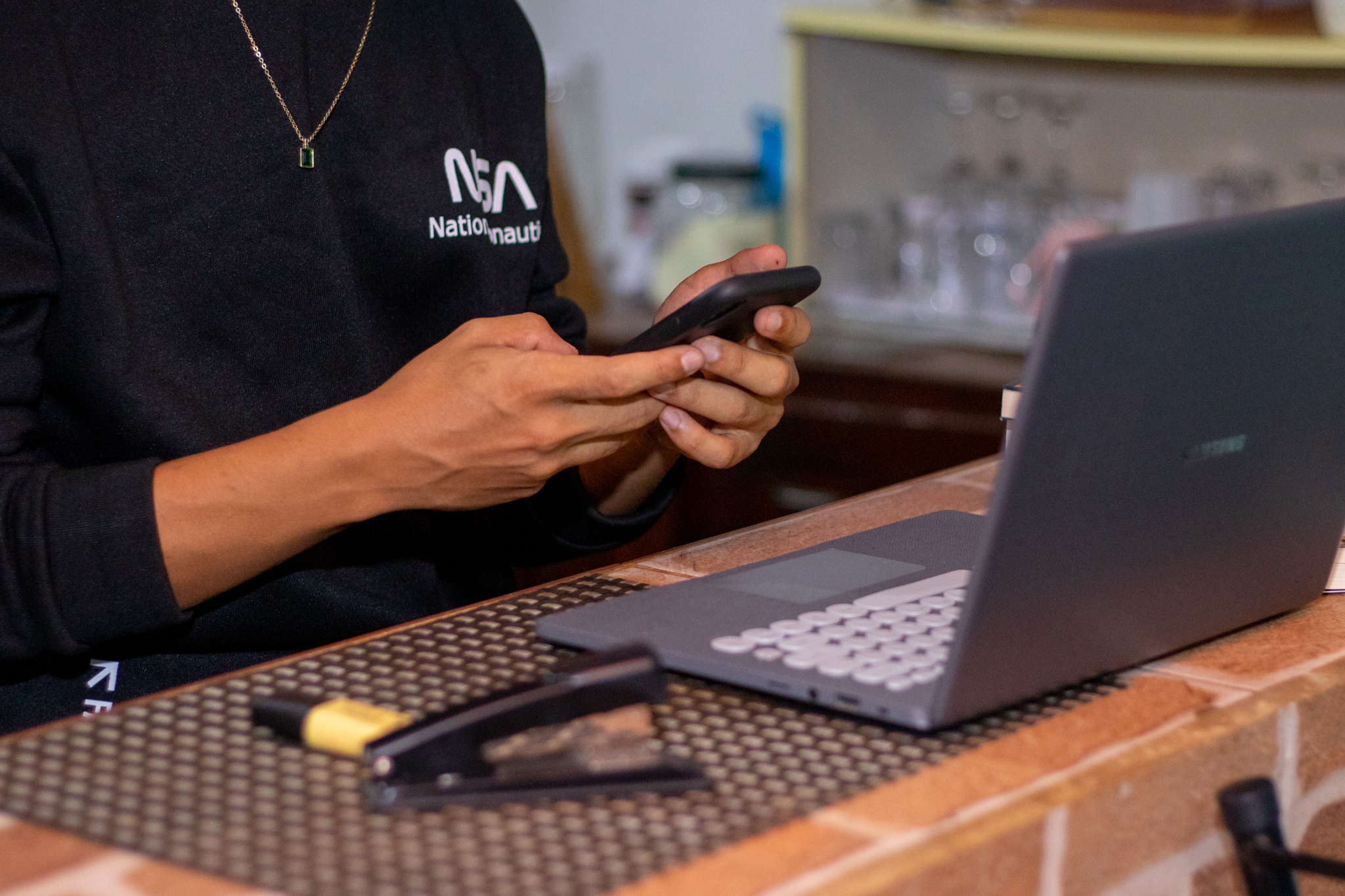Companies evaluate frequency of reconnection and share results.
The 5G connection is being evaluated all over the world by technology lovers. Because it delivers much more performance than its predecessor, the network 4G, the market's excitement about this innovation is remarkable. However, like any new technique, some unexpected failures may occur at the beginning. Therefore, it is important to carry out as many tests as possible to ensure the quality and functioning of this network.

6GHz Test
In light of this, TIM, one of the leaders in Brazilian mobile coverage, and Huawei, a global powerhouse in Information and Communication Technology, decided to conduct a test on the 5G network. The two giants took a step towards innovation when they completed the first successful evaluation of the 6 GHz spectrum in the Americas.
This experiment in question took place at a TIM biosite in the Olympic Park. The location, which is located in Rio de Janeiro, simulates the difficulties faced in urban reality.
In short, the main purpose of the test was to validate the characteristics of 5G. Elements such as performance, speed, coverage and reliability of the network at the 6 GHz frequency. This last specification was the highlight, as it is the one that will complement the 3.5 GHz frequency. Even so, only when this lower rate reaches its limit in use.
To prove this, the evaluation method was very comprehensive. Download and upload speeds were measured, as well as distances covered, latencies and data transmission quality.
In this first test, an open field was used. At a distance of 135 meters, the performance reached 1 Gbps. In the second evaluation, which was also carried out in an open field, but with obstacles such as trees, the result changed. This time, with a space of 230 meters, the download reached 1.21 Gbps. There was also the final test, which measured the signal from the open field to the interior of a building 270 meters away. In this case, the data value was 987 Mbps.
It is worth remembering that these evaluations had the active participation of the National Telecommunications Agency (Anatel), as it temporarily released the band.
What to expect?
Looking at the results achieved, the test means that the performance of 5G in the 6 GHz spectrum can be compared to that achieved at 3.5 GHz, in terms of capacity and coverage. Regarding the average speed achieved, the result was 888 Mbps, with a space of 700 meters. The maximum value reached was 1.38 Gbps.
To date, the 6 GHz spectrum has only been used by unlicensed services, such as Wi-Fi 6E devices. As a mid-band frequency, balancing network capacity and coverage, it can provide flexibility for the 5G network if other frequencies reach their limits.
In any case, experts point out that the band has proven to be the most promising alternative, looking to the future. For mid-bands intended to be used in 5G, it is the option that shows the most promise. Therefore, it is important to invest not only in unlicensed uses, but in licensed ones as well. It is worth noting that investments in infrastructure and in the expansion of this network will be essential to have a better experience with 5G.



